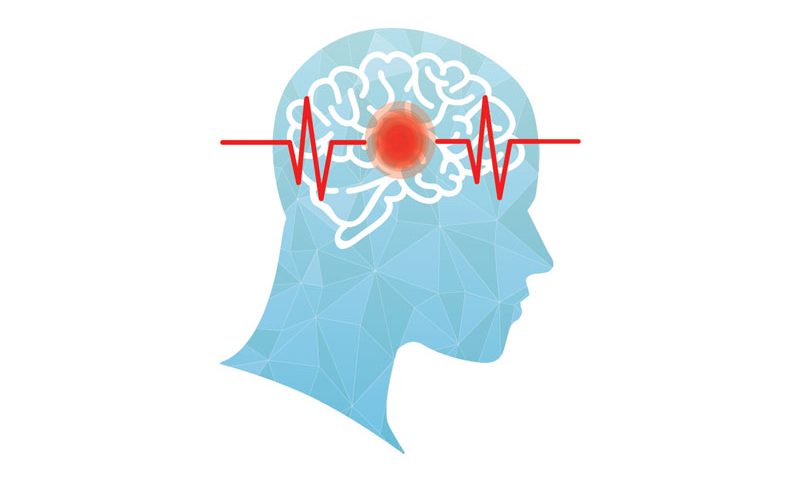Stroke is becoming a critical cause of death in the United States, infact stroke has become one of the top 5 cause of death and a leading cause of disability. A stroke occurs when a blood vessel which carries oxygen & nutrients to the brain is either blocked by a clot or bursts (or ruptures). When that happens, part of the brain cannot get the blood (and oxygen) it needs, so it and brain cells die.
People, who survive this devastating brain injury, continue to live with disabilities. Rehabilitation care has become important for stroke patients to regain independence and quality of life. Although, the effects of a stroke varies from person to person. These can be mild to severe and can be temporary or permanent depending upon the location and type of stroke. To combat the harmful effects of stroke and seek immediate medical help, one should know its signs and symptoms which can be remembered by the cure BEFAST.
BEFAST means
Balance: Sudden loss of balance or coordination
Eyes: Sudden change in vision in one or both eyes
Face: Sudden weakness of the face
Arms: Sudden weakness of an arm or leg
Speech: Sudden difficulty speaking
Time: Time the symptoms started
If one notices any of the above signs, please contact the doctor immediately.
During the recovery phase (recovery can take years), it’s important to understand that apart from the stroke patient, the caregiver also needs support and care, as the latter may be under high stress.
How to take care of a stroke patient?
- Ensure to attend all appointments and follow-ups with your Physiatrist, Neurologist, Physical therapist, Occupational therapist, Speech therapist and Nutritionist, avoid absenteeism. It would lay a solid foundation for recovery.
- Take medications prescribed by the doctor only (avoid any self-medications).
- Health should be monitored regularly– B.P, weight, glucose levels in case of diabeties, food, duration of physical activity and also rest time.
- If advised for a blood test, get them done timely as certain medications need to be adjusted. Eg.: if you are taking a blood thinner, you may need to get the PT INR (to check if your blood is taking more than normal time to clot) checked so that doctor must be informed about the same.
- Get your home assessed for accessibility and mobility by an occupational therapist, to modify it for your safe mobility and independence. These changes may comprise handrails, ramps, toilet seat modification or change of flooring to avoid trips and falls.
- Eat a healthy and nutritious diet as suggested by the nutritionist. Many patients are advised to avoid green leafy vegetables when they are on the blood thinner. Get your diet plan ready when leaving the hospital and get it reviewed from time to time.
- Balance your physical activity and rest time – sleep for at least 8-9 hrs in a day, exercise at least five days a week and incorporate all components of physical activity like flexibility, strength training, endurance training, and balance training in your rehab plan. If you have swallowing difficulty (dysphagia), consult a speech therapist/ occupational therapist to manage it with various maneuvers and techniques.
- Return to work, as and if your recovery permits, based on your Doctor’s medical advice.
- Take care of the emotional aspect of healing – get connected with a Stroke support group.
- Stop all risk factors of stroke – no tobacco chewing, no alcohol.
- Call your doctor if you notice bleeding in your gums, or blood in stool or urine as it could be because of excessive thinning of blood and it requires immediate treatment.
Care for Family and Caregivers:
Care of a stroke patient begins with the caregiver who plays a vital role in a patient’s recovery. One needs to follow the below to-do list for better care and preventing burnout of a caregiver:
- Divide roles and responsibilities like who would be taking the patient for follow-up or rehabilitation sessions.
- If possible find ways to socialize.
- Take enough sleep, as sleep deprivation can affect the care of patients too.
- Place all-important health insurance paper at a designated point and keep it informed among the family members and caregivers, In case of emergency, it would come very handy.
- Make a list of important contact details at a commonplace.
Above all, be hopeful and don’t give up on your effort, as recovery is possible even after five years of the stroke incident. Trust your inner self, adopt advanced rehabilitation to improve your quality of life, and know that your body has immense potential to heal.
